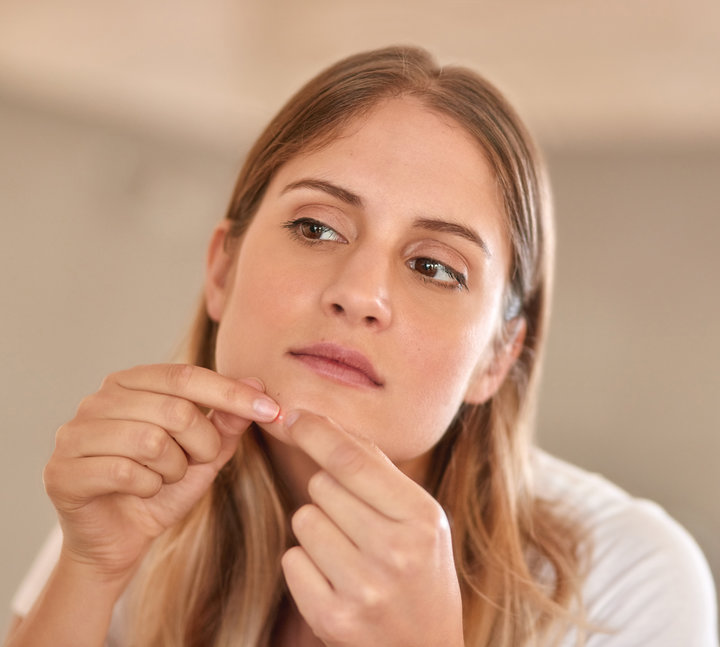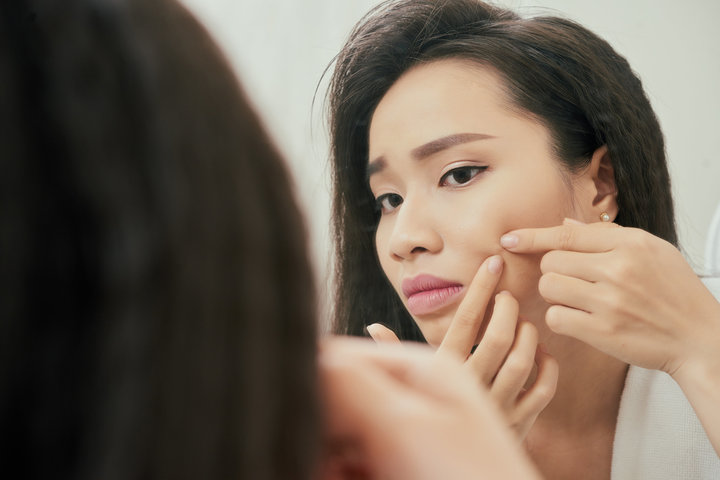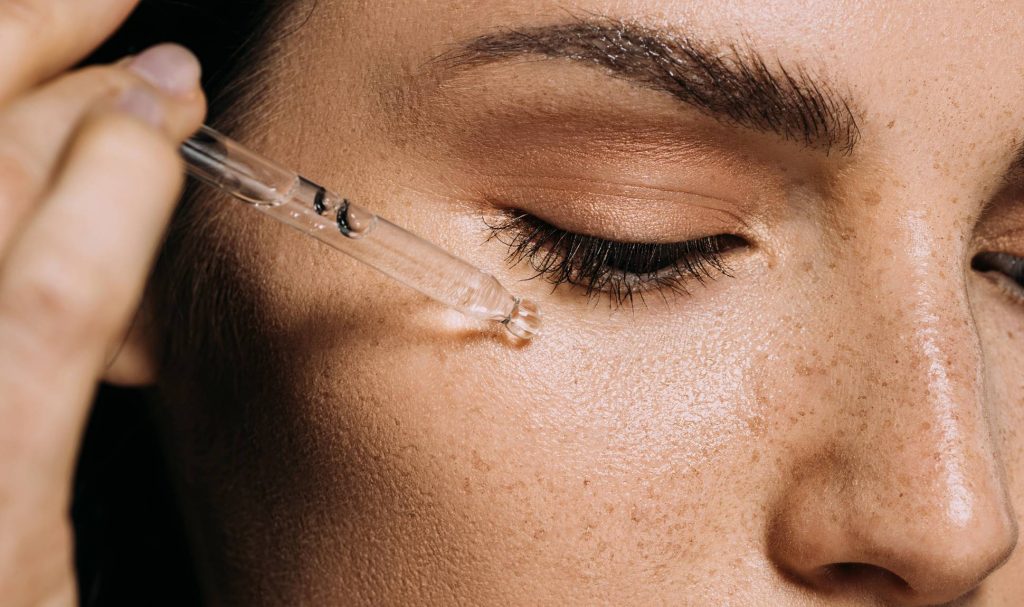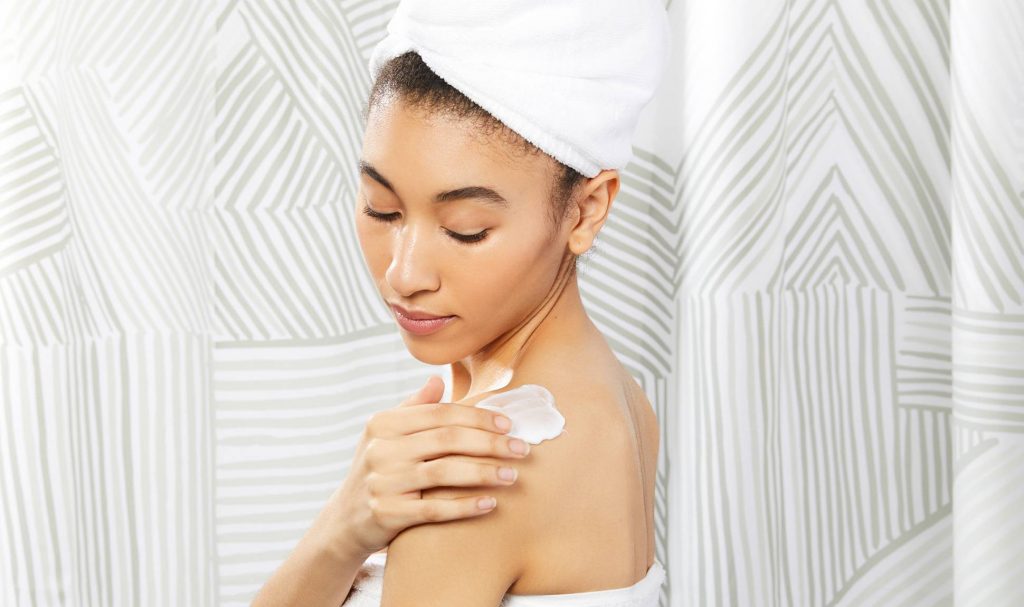When it comes to caring for our skin, popping pimples is a huge no-no. Yet even though we’re told we’re not supposed to do it, we all pop our zits from time to time. (And if you say you don’t, you’re lying.)
There’s something so satisfying, addictive even, about getting the gunk out of our faces. (We even love watching other people get their pimples popped.)
If you just can’t stop popping your own zits, there are some things dermatologists want you to keep in mind. But before we get into it, always remember: If you’re concerned about your skin or dealing with serious acne, you should see a dermatologist before taking matters into your own hands.
Pop the right pimple
First of all, the pimple you’re trying to pop has to be ready to pop. Essentially, you’re looking for a pimple with a white tip, known as a pustule or, more commonly, a whitehead.
If the pimple you’re trying to pop is a deeper nodule (the firm, painful red kind), you should avoid popping altogether because, as Washington, D.C.-based dermatologist Dr. Melda Isaac told HuffPost, “the inflammation is too deep.”
“Even though people have the best intentions of getting the stuff out, the inflammation and debris and pus can spill underneath the skin,” she said. “That’s what leads to further inflammation, infection and even scarring.”
Cleanliness is key
Next, you need to make sure the area and your hands are cleaned thoroughly.
“If a pimple has a clear ‘whitehead’ then you can wash your hands and wash the area with soap and water and apply gentle pressure from both sides,” Dr. Angela Lamb, director of the Westside Mount Sinai Dermatology Faculty Practice, director of dermatology at the Institute of Family Health and an assistant dermatology professor at the Icahn School of Medicine at Mount Sinai, told HuffPost.
Sisters Laura and Diana Palmisano, certified physician assistants at Schweiger Dermatology Group, emphasized the need to keep everything clean.
“We normally recommend a gentle wash, some type of soap. You can even do a little alcohol,” Laura told HuffPost.
Use the right tools
Lamb and the Palmisano sisters all suggested using warm compresses to bring the inflammation to a head and generally open up the pore. The sisters also recommended using cotton swabs to help with the pus extraction.

Isaac told HuffPost you can use a sterile pin to make a tiny opening in the whitehead, or use a clean extractor tool to remove the pus. However, the Palmisanos recommended leaving the use of sharp objects and tools to the professionals.
Know when to stop
Another thing to keep in mind ― however badly you want to push and press at your zits ― is to be gentle.
“When you actually pop your pimple, you want to just gently compress the area. You don’t want to squeeze too aggressively,” Laura said.
“If it comes out and it starts to bleed,” Diana said, “I would say that’s where your endpoint is.”
“If you’re getting clear fluid, you’re popping a pimple too early,” Laura said. “You’re hitting an inflammatory lesion and could make it worse.”
If the area is very red after you’ve popped a pimple, Isaac recommends applying a small amount of hydrocortisone ointment or a benzoyl peroxide product like Neutrogena Rapid Clear spot gel. Benzoyl peroxide has “antibacterial properties and it will help reduce the inflammation,” she said.
Preventive measures
Lamb, Isaac and the Palmisanos all say the best and safest thing to do is wait it out and see a professional. You can also try topical treatments to help dry out your pimples, which may help mitigate the desire to pop them. These treatments should be used in small amounts once or twice a day, Laura said.
Topical treatments include products like La Roche-Posay’s Effaclar Duo (recommended by Lamb) and Neutrogena’s Rapid Clear spot gel (recommended by Isaac), both of which contain benzoyl peroxide.
The Palmisano sisters said that glycolic or salicylic acid-based products are also fine. They highly recommended the sulfur-based treatment Rezamid, which they said is great for drying things up, as long as you don’t have a sulfur allergy.
“Most pimples usually resolve in three to five days,” Isaac said.
So the next time you feel a pimple coming in, try to be patient. Your skin will thank you.




